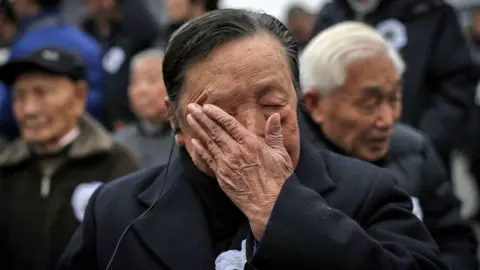Call for Papers: L’Atalante 42: Transnational Memories in Asian Cinemas
L’Atalante, a peer-reviewed journal edited by the cultural association El Camarote de Père Jules (main editor) and Associació Cinefòrum L’Atalante, is now accepting submissions for Issue 42 on the theme of “Transnational Memories in Asian Cinemas.”
Overview
Parallel to the increasing competition of China, South Korea and Japan for global economic and cultural influence, the region has been subject to the world’s most vivid debates on wartime atrocities in recent decades. The current geopolitical context has given shape to a revival of memories of wartime violence perpetrated in Asia during the so-called “dark valley” (1931-1945) (Holcombe 2017). While wartime issues at stake happened many decades ago, it has not been until the end of the 20th century that new “memory struggles” have emerged so intensely that they have shaped diplomatic relations in the region to the present day. For example, discussions about the Unit 731 development of biological weapons and lethal human experimentation on prisoners was not subject to public discussion until the 1980s (Keiichi 2005; Dickinson 2007). Likewise, the Nanking Massacre, as well as the “comfort women” issue under the Imperial Japanese Army, only became an international public concern since the 1990s after the publication of documents, diaries and other testimonies (Fogel 2007, Yoshida 2009; Seo 2008).
Asian cinemas are playing an important role in these “memory struggles”, giving shape to the ways that historical atrocities are being revisited through cultural products in the present (Jager and Mitter 2007; Schneider 2008). Thus, the goal of this issue is to examine the ways that fiction and nonfiction films like features and documentaries have later memorialised and appropriated the memory of atrocities perpetrated across Asia-Pacific in the 20th century. In this sense, both documentary and feature films proposed here may create a sort of postmemory (Hirsch, 2008), wherein generations that did not directly experience traumatic events are nevertheless marked by these experiences so deeply that they constitute memories in their own right. In fact, the relation between war and film are key as postmemory communities must rely on images as a primary medium of transgenerational transmission. Continue reading Transnational Memories in Asian Cinemas — cfp







